Researchers Highlight the Importance of Urban Trees with New Species Discoveries

Researchers at FWBG | BRIT Highlight the Importance of Urban Trees with New Species Discoveries The urban environment is much more diverse than some might suspect. We share our space on planet earth and in urban areas with all kinds of animals, plants, and insects. Even in the heart of a concrete downtown area, life […]
The BRIT Prairie
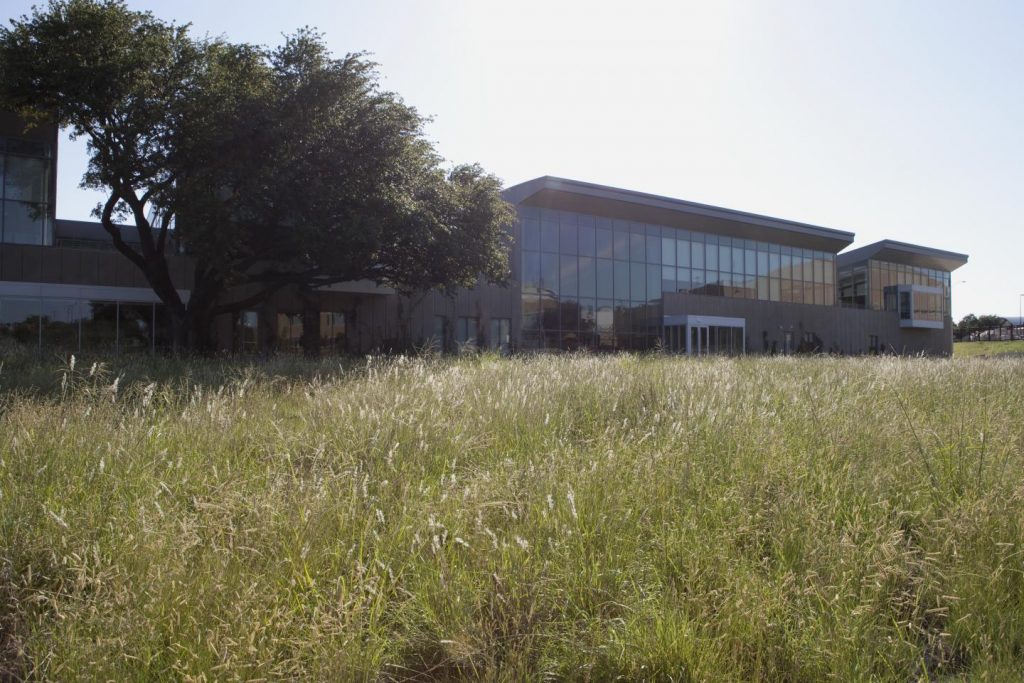
The purpose of the prairie on the BRIT Landscape is to provide the public a glimpse of the aesthetics of natural or native landscapes, reduce BRIT’s demand for water resources, be a valuable source for research into restoration of prairies in urban environments, and provide a model for habitat restoration and ecological connectivity. The culture of the region arose in the context of prairies.
Pediomelum reverchonii
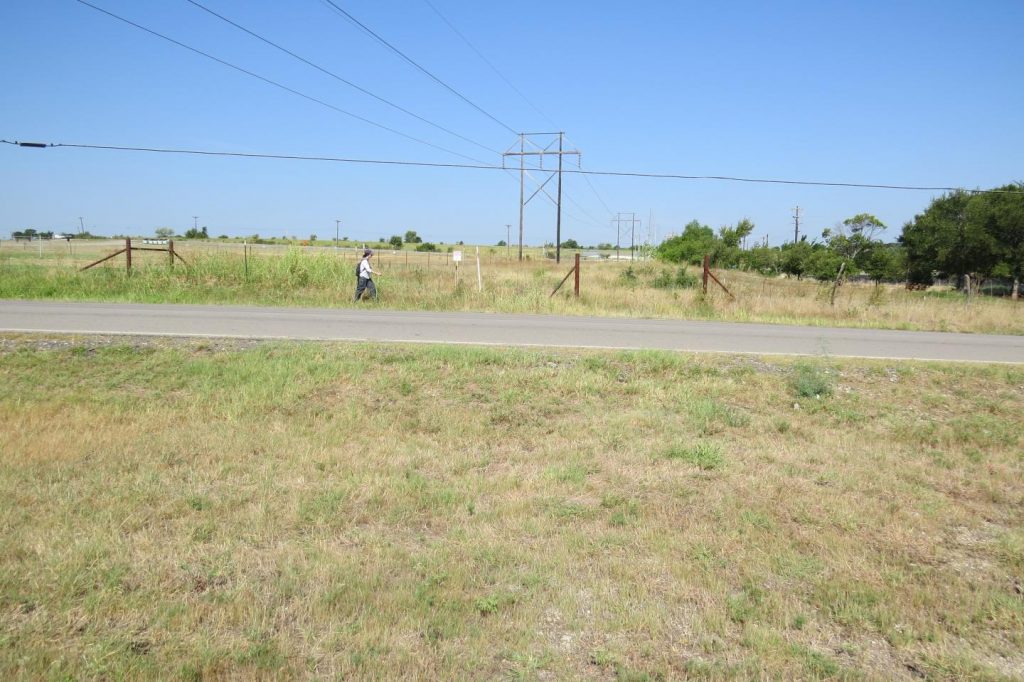
Pediomelum reverchonii (S. Watson) Rydb. (Fabaceae) or Reverchon’s scurfpea, is a bushy-branched perennial forb growing to 120 cm in height (Diggs et al. 1999). Flowers are purple, 10 to 15 mm long. Inflorescences are arranged in a loose spike-like raceme with three to seven flowers each at the ends of stems. Pediomelum reverchonii often co-occurs with other similar members of the genus, including P. linearifolium, P. cuspidatum, and P. cyphocalyx.
Pediomelum cyphocalyx
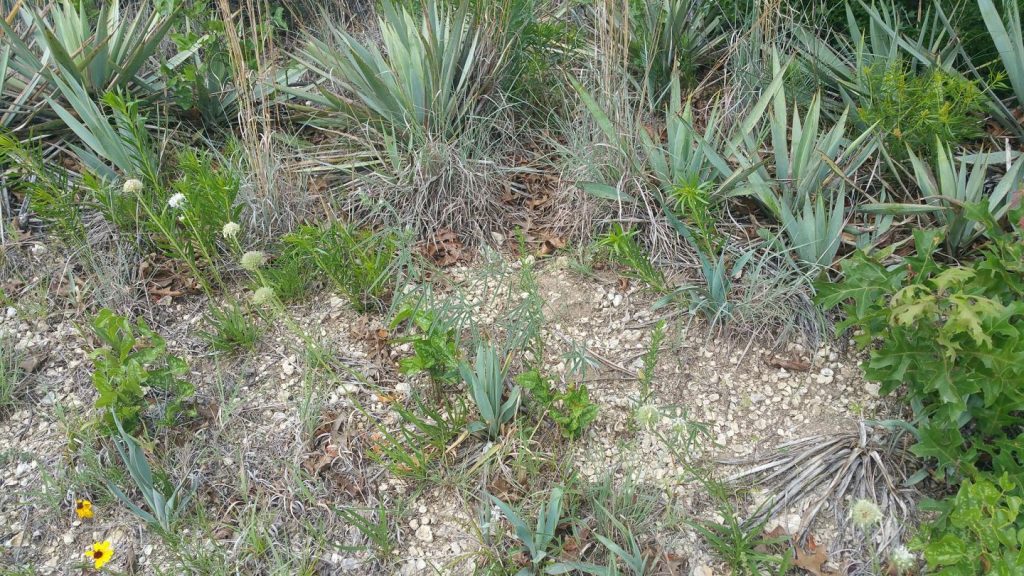
Pediomelum cyphocalyx (A.Gray) Rydb. (Fabaceae) is a perennial herb with a tuberous root up to 2 cm in diameter. It grows to a height of up to 1 m, with stems usually solitary, erect, and simple or sparingly branched above (Rydberg 1919, Diggs et al. 1999). It can be distinguished from the other species in the genus within the region by the presence of cauline leaves, dense, many-flowered spike-like inflorescence, peduncles exceeding the subtending petioles, and linear-lanceolate or narrowly oblong-lanceolate leaflets (Diggs et al. 1999).
Biodiversity Assessment: All Saints’ Episcopal School
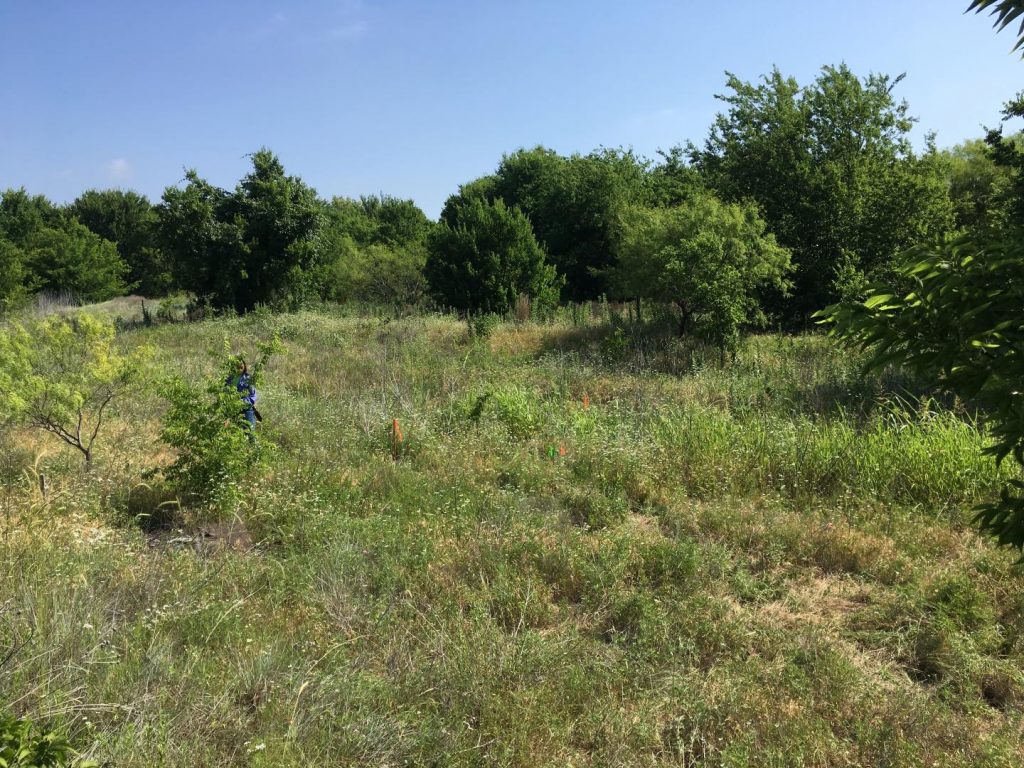
This project involves conducting a detailed biodiversity assessment to be used for the development and implementation of a natural resource management plan for the 33 acres of undeveloped land included in the 147-acre campus of All Saints’ Episcopal School (ASES) in Fort Worth, Texas. The property also includes a 12-acre natural area with a wetland, riparian area, native grassland, orchard, and vegetable garden.
Isoetes butleri
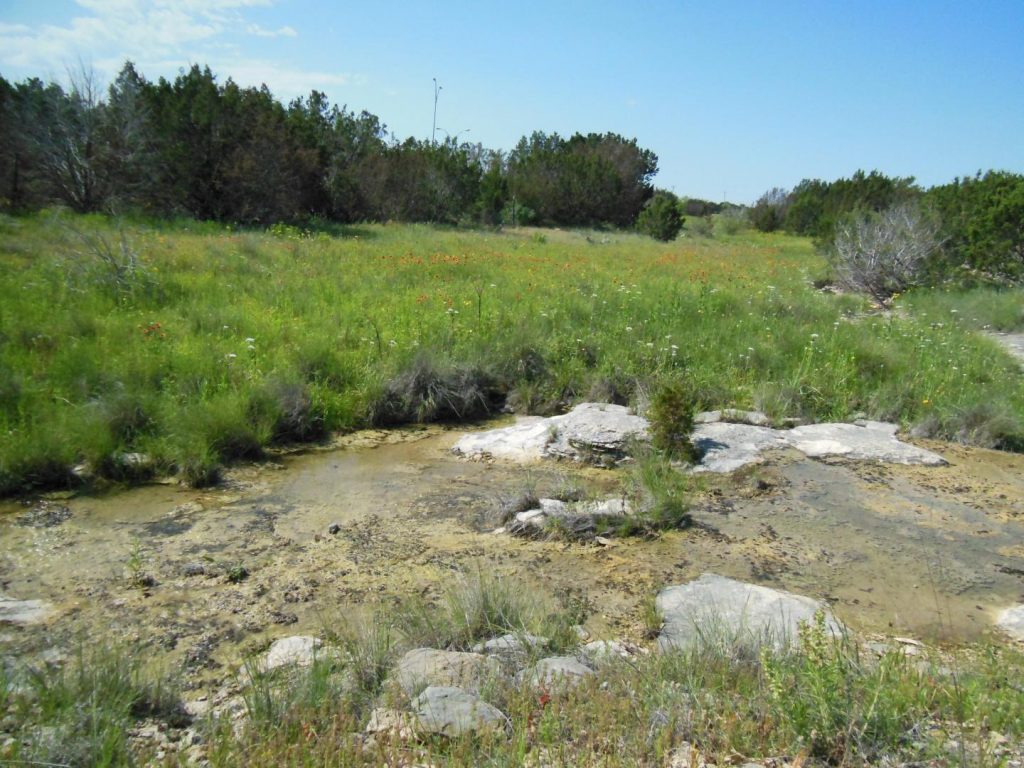
Isoetes butleri is a fern ally that grows in limestone outcrops across most of the Eastern United States. The species was known to occur in a few sites in Texas but was unknown in north central Texas. BRIT botanists discovered the species in the limestone prairies of north central Texas, where it appears to be very common, with 125 populations. The species is a common member of limestone glade seep communities. It can be seen in shallow soil overtop of limestone bedrock in areas where seasonal seepage keeps the ground wet during the spring.
Gratiola quartermaniae

Gratiola quartermaniae was first described from Eastern North America by Estes and Small in 2007. The species typically grows in thin, seasonally saturated soil over exposed limestone or dolomite bedrock. This habitat is typically found associated with limestone glades, barrens, prairies, and alvars. A limestone glade is an area of exposed limestone bedrock with little to no soil overtop.
Dalea reverchonii
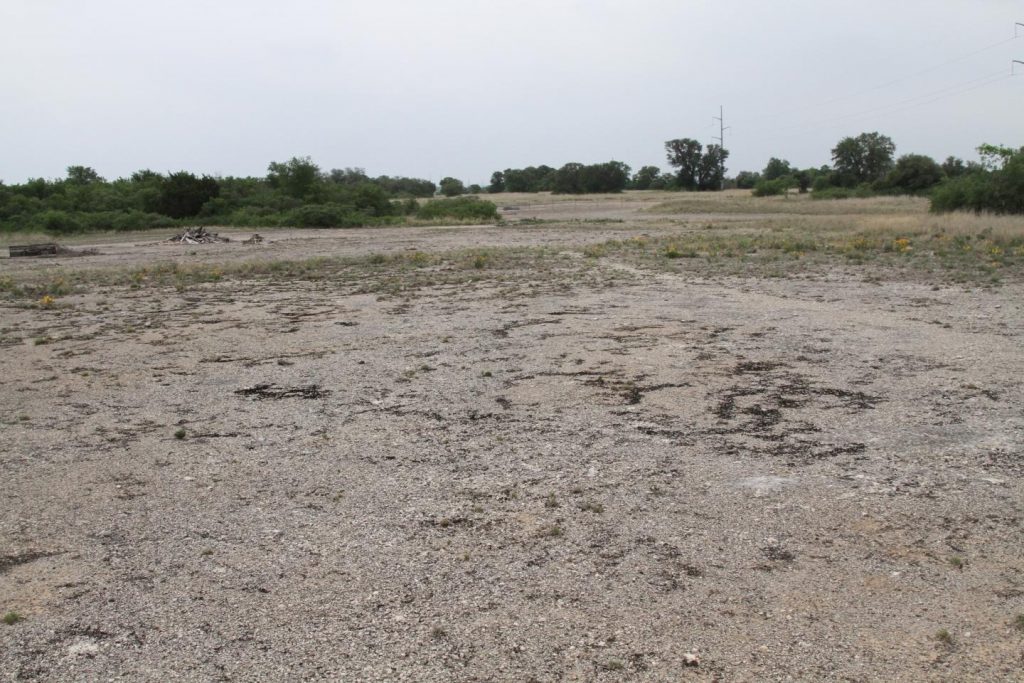
In the spring of 2012, BRIT botanists conducted extensive surveys of limestone prairies, barrens, and glades in the Fort Worth Prairie and northern Limestone Cut Plain of north central Texas. The Fort Worth Prairie (also known as the Grand Prairie) is a vast grassland with gently sloping, almost level plains dissected by valleys along rivers and streams. This prairie ecosystem is underlain by limestone geology with limestone bedrock near the surface across most of the region. This limestone gives the Fort Worth Prairie its unique features.
Cyperus granitophilus
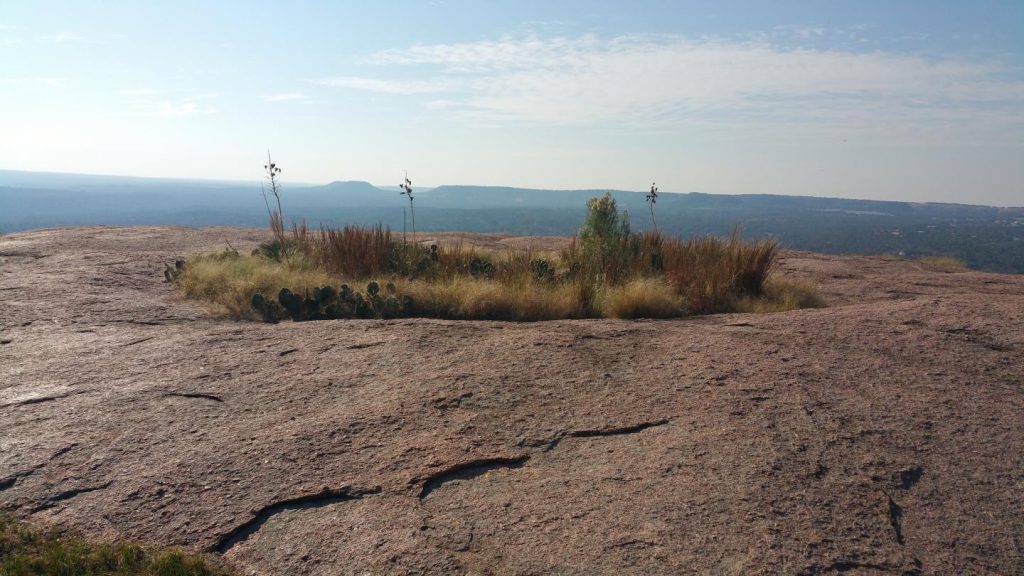
During the course of the flora of Enchanted Rock project, several interesting species were found. One species of note is Cyperus granitophilus (granite flat sedge). This species is a member of the sedge family (Cyperaceae) that is known to occur in the Piedmont granite regions of Georgia, Alabama, South Carolina, North Carolina, and Virginia. This species only grows on granite outcrops. While conducting field work for the flora of Enchanted Rock, Bob O’Kennon and Kim Taylor discovered a sedge that they did not recognize.
Schoenoplectiella hallii
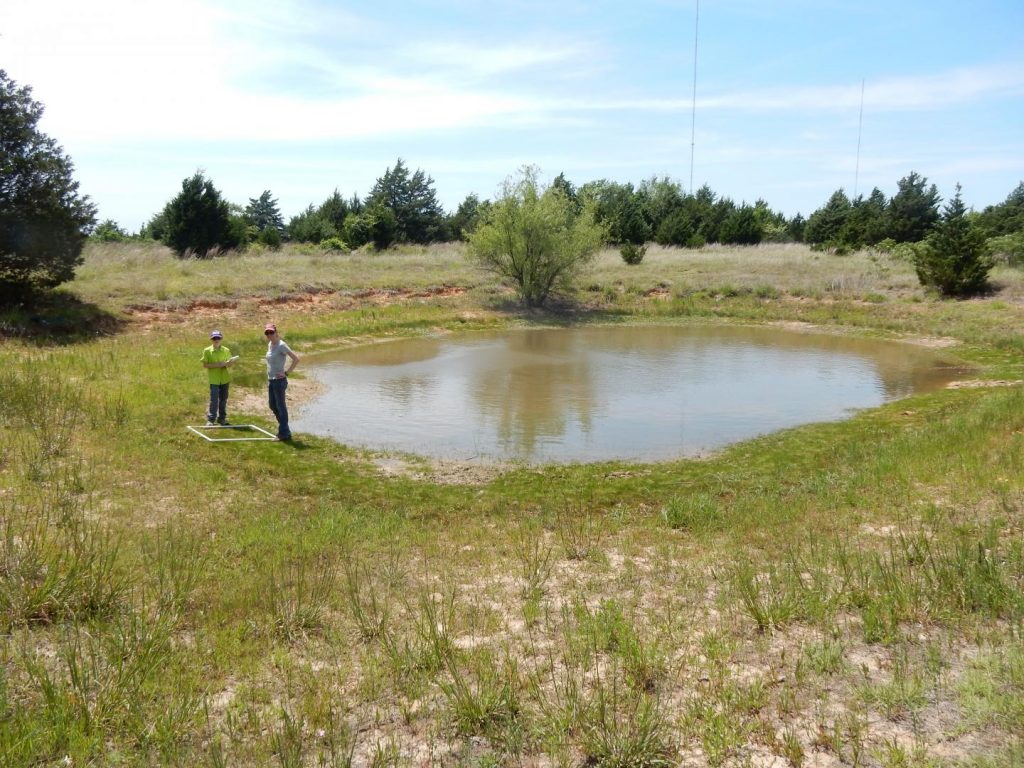
The 2012 Texas Conservation Action Plan (TCAP) for the Cross Timbers Region identifies the lack of information and lack of processing of existing data for Species of Greatest Conservation Need (SGCN) as two major issues for the region. Little information is available about the distribution and habitat needs of SGCN within the region and little has been done with what data does exist. This knowledge gap makes it “difficult to focus or prioritize management objectives or share information with private landowners about the importance of some sites, populations, or communities” (TCAP 2012).
